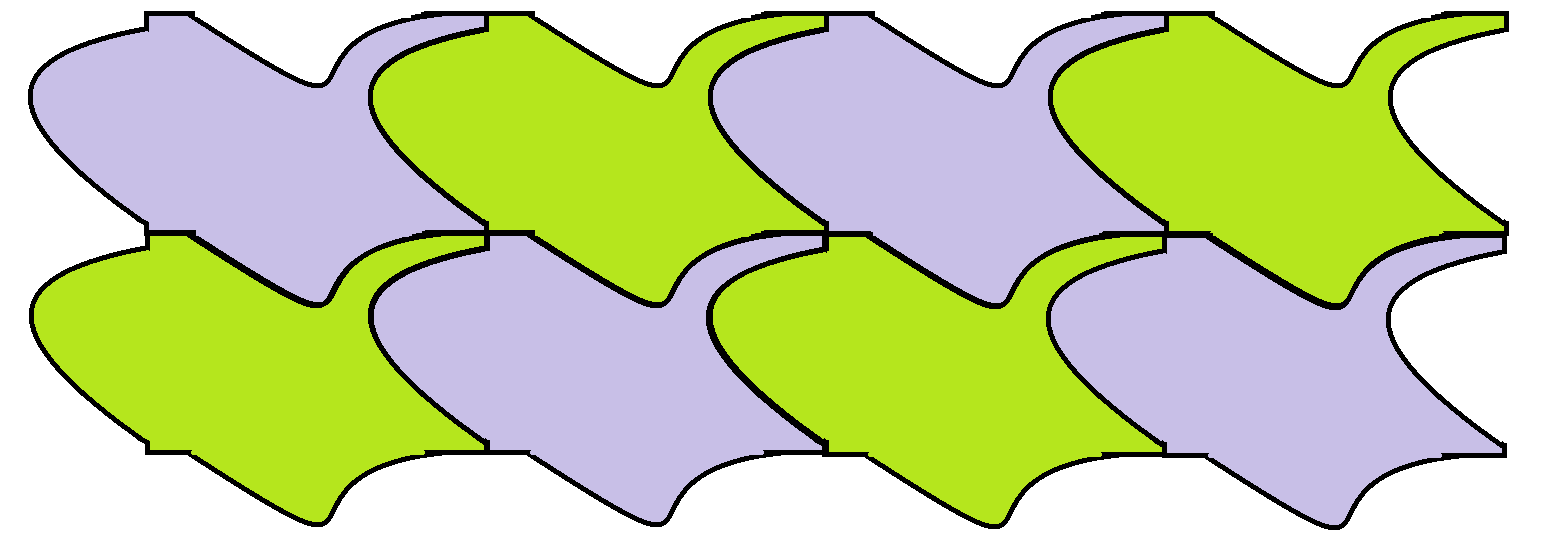
Tessellations (investigation)
 Picture Source: Wikipedia
Picture Source: Wikipedia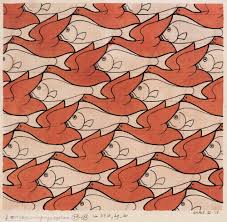
Source: wikiart.org
This easiest way to think of it is someone tiling a floor. All the pieces fit together perfectly, without any gaps. There are some beautiful examples of tessellations in nature, such as the cute little hexagon array that makes up honeycomb, as well as in architecture around the world. Tessellations were used a lot to create beautiful decorative tiling patterns in ancient Roman and Islamic art, such as the Alhambra Palace and Reales Alcázeres. Today, we see tessellations used to create decorative effects in quilts.
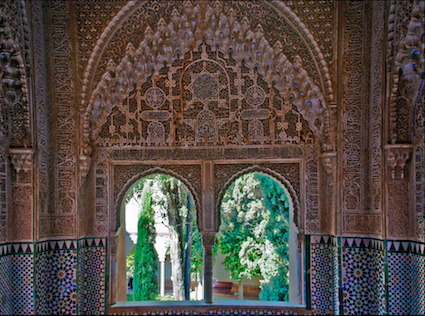
The Alhambra Palace, Spain
Class Activity
Research some different examples of tessellations around the world. You can look at works by M. C. Escher, or one of the examples mentioned. Or you can find some cool ones of your own.
Share the different tessellations you find with your class.
Tangrams
Tessellations have led to the creation of other kinds of geometrical puzzles, such as jigsaw puzzles and tangrams. A tangram is an ancient Chinese puzzle, created by cutting a square cut into seven pieces (as shown in the picture below) which can then be arranged to make various other shapes.

Activity
Create your own tangram by using this printable version or try out these tangram puzzles online.
Build your own tessellating piece
It can be really fun to create your own tessellating piece, and it is surprisingly easy to do.
- Start with a known tessellating shape like a square or rectangle (let's pick an easy one to begin with)

- Draw any shape/line you like along one of the long edges of the rectangle. It's important you don't touch any other sides.

- Now do the same along the short edge.
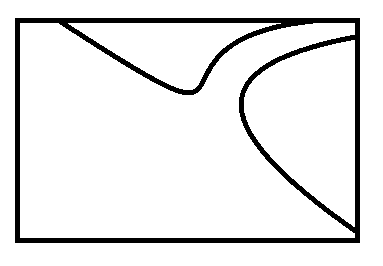
- Cut out the two pieces you have just drawn and slide them into position on the opposite side
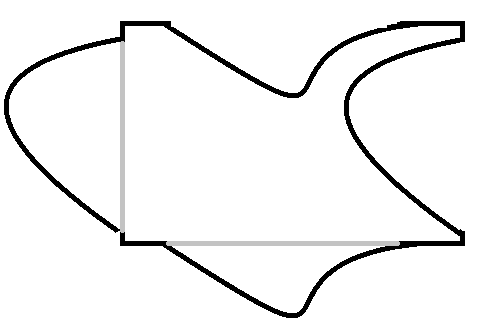
- This is your tessellating piece.
- Grab a piece of paper and start tracing, add some colour and you will create a beautiful tessellating masterpiece in minutes!
